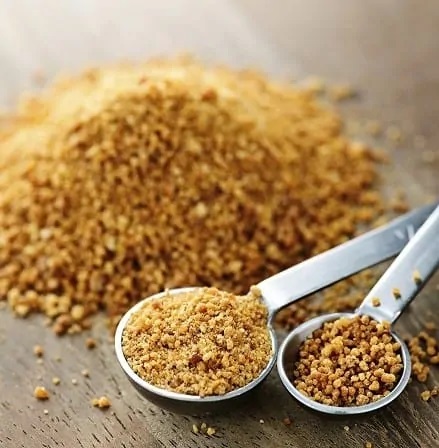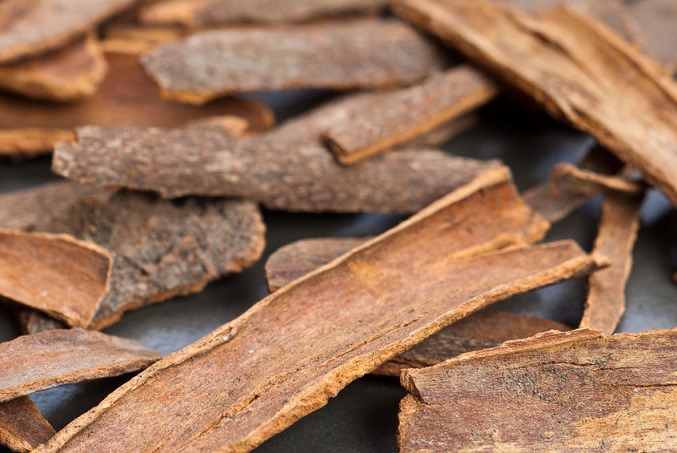The History Of Sugar And Acne, Part 2
Yesterday, we discussed how sugar cane went from an obscure grassy reed growing in India, to the glittering jewel in the colonial crown of the Caribbean. We discussed the initial surge in sugar consumption starting 1650, and how it was only the reserve of aristocrats for many centuries beforehand. We stopped at the Brussels convention […]





